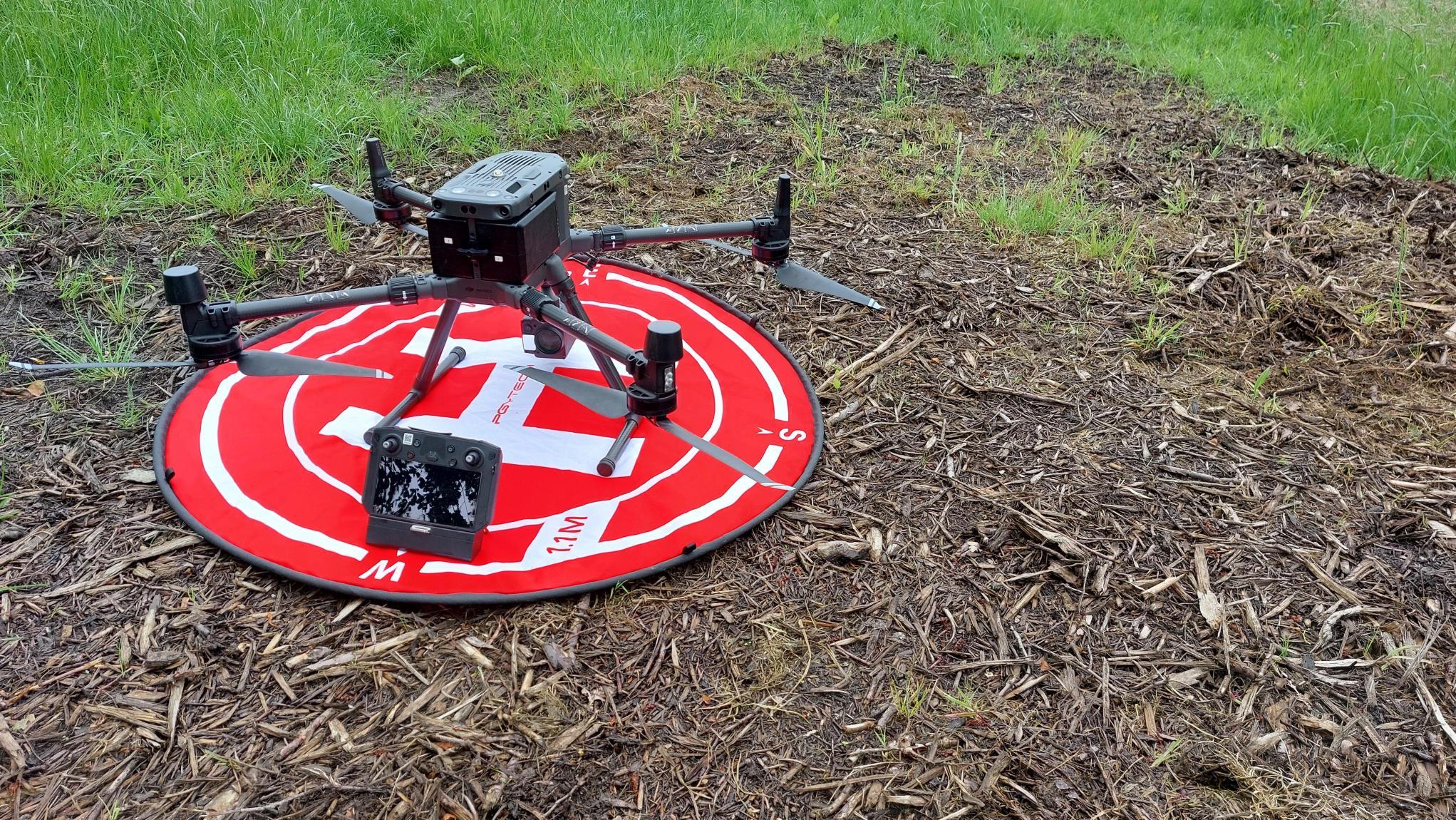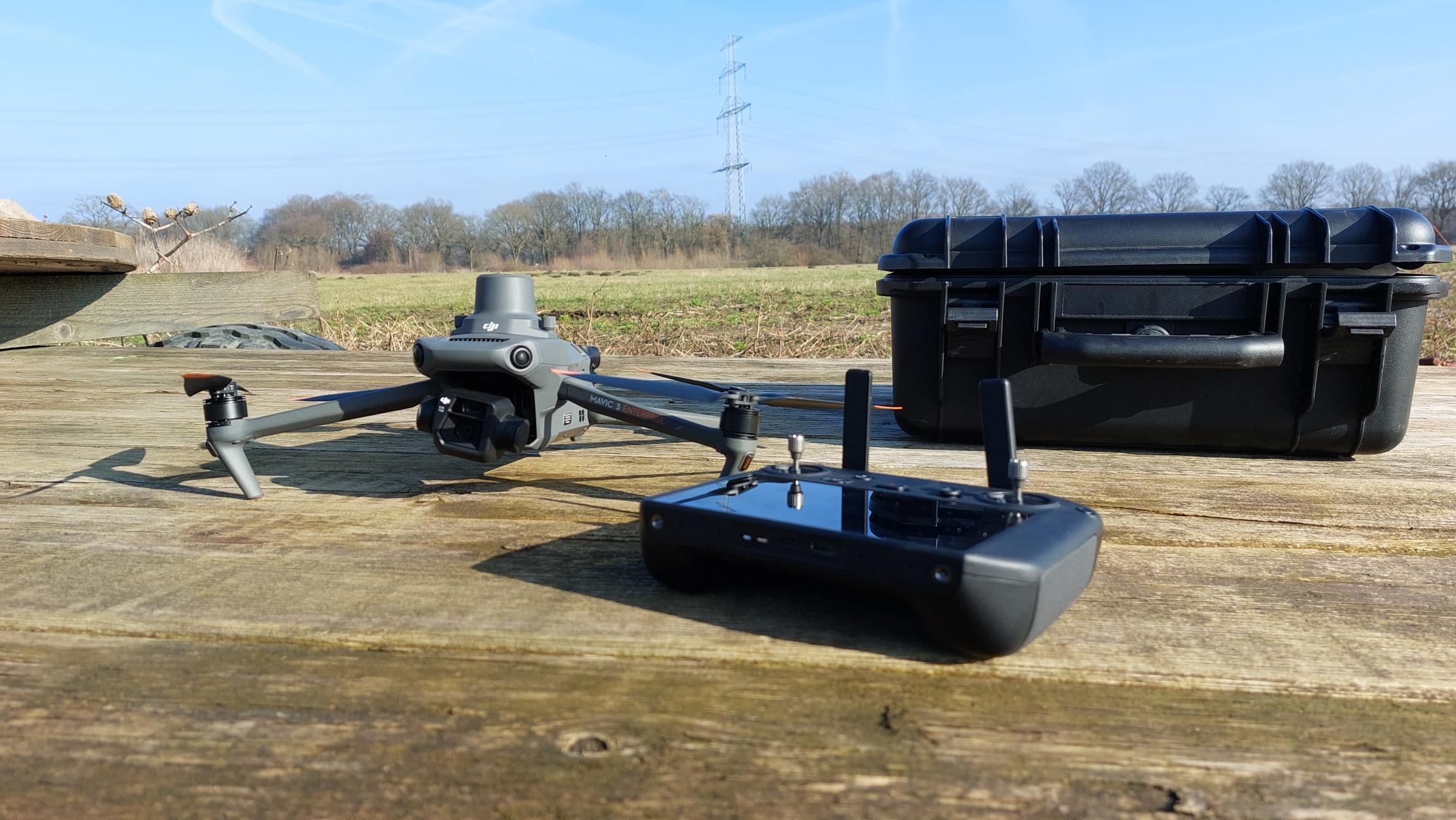Best Practices and Essential Tips for Businesses
The commercial use of drones in Germany has gained significant importance in recent years and will continue to have a profound impact on various industries. This article highlights the economic and technical advantages of drone technology, the critical challenges of integration, and the best practices businesses should follow for successful implementation.
Economic Growth through Drone Technology
Germany is on its way to becoming a global leader in the drone market. According to a 2023 study by the German Unmanned Aviation Association (VUL), there were around 56,000 commercially used drones in Germany at that time. This number has since increased, and it is estimated that by mid-2024, around 65,000 commercially used drones will be in operation. By 2030, this number could rise to an impressive 90,000. This surge is not just a statistic but a symbol of the transformation the German economy is undergoing. Drones offer businesses the opportunity to complete tasks faster, safer, and more cost-effectively while simultaneously reducing environmental impact.
Key Challenges in Drone Integration
Integrating drone technology into existing business processes is not an easy task. Companies face several critical challenges:
1. Data Integration and Utilization: Many companies focus primarily on acquiring and operating drones, often neglecting how the collected data can be integrated into existing systems. Successful integration requires not only technical but also organizational adjustments.
2. Effective Distribution and Utilization of Drone Data: Drone data is often not effectively distributed among all relevant stakeholders, leading to isolated data silos. The challenge lies in ensuring centralized management and distribution of the data so that all relevant departments and partners have access to up-to-date and relevant information.
3. Centralized Control and Governance: There is often a lack of centralized control and oversight of drone use within the organization. Companies must ensure compliance with all legal and safety regulations, and establish effective monitoring and management of drone operations.
4. Data Privacy in Urban Environments: In urban settings, data privacy is a particularly sensitive issue. FlyNex has developed a privacy AI that automatically anonymizes faces and license plates during image data collection. This process has been legally assessed and positively confirmed.
Best Practices for Successful Drone Integration
To fully leverage the benefits of drone usage, companies should consider the following best practices:
Holistic Approach: Consider the entire drone workflow, from planning to data collection, processing, and utilization. This includes involving relevant stakeholders and ensuring that the data can be integrated into existing systems.
Define the Use Case: Clearly define the use case for the drone and describe the desired outcomes you want to achieve with drone usage in data generation and analysis. Defining data parameters and corresponding accuracies is the first step towards successful application.
Choose the Right Drone: Based on the use case, select the appropriate drone for the corresponding flight patterns and with the right sensors. The location of the objects being monitored, as well as regulatory requirements, will influence the choice of equipment. Each use case requires the right drone and sensor technology to achieve the desired results.
Keep the Goal in Mind: Start with a clear vision of how the drone data will ultimately be used, who will use it, and which existing systems it needs to integrate with. A successful drone strategy requires clear objectives and the implementation of workflows that ensure drone projects deliver the desired outcomes.
Scaling: To achieve consistently high quality and uniform results, start with a few objects and flights, perfecting the use case and workflow. Once the workflow is optimized and the results align, operationalize the process with software support, enabling you to scale up to hundreds or thousands of objects within a few months.
Data Analysis: Always structure your data analysis in well-defined processes. Begin by transferring data into a structured data repository. Process the data consistently for the use case according to the data repository. Automated profiles are ideal for this, enabling quick execution at the push of a button, even without specialized personnel. Initially, analyze the data manually for your use case, and consult experts if needed. Implement automated data analysis only after successful manual evaluations.
AI: Automate your data analysis using artificial intelligence based on the data you have collected. Learn to train AI models for your use case through manual analysis to achieve reliable results. By training with the manual analysis and integrating it into your AI system, you can achieve consistent, reliable results that are relevant for your needs.
Involve All Relevant Stakeholders: Engage all relevant stakeholders in the discussion to ensure that the drone implementation meets the actual needs and fulfills end-user requirements. This promotes acceptance and effective use of drone technology within the organization.
Success Stories from Practice
Particularly noteworthy are the use cases of drone technology in roof and facade inspections. These inspections help businesses meet their traffic safety obligations by quickly, precisely, and reliably providing reports on damages and their severity. On the FlyNex platform, the captured object defects can be neatly documented and analyzed with professionals.
Future Perspectives for Drone Use
The future of drone usage in Germany remains highly promising. With advances in technology and increasing acceptance, drones are expected to be used in an expanding range of sectors. Currently, the energy and construction industries, as well as surveying, dominate the market. However, integrations are also being seen in areas such as agriculture and public safety, which are also very promising.
Automation and BVLOS (Beyond Visual Line of Sight):
The next step in drone technology is automation and BVLOS operations. This, however, requires advanced hardware technologies, corresponding software solutions, and regulatory adjustments. Companies need to prepare for these changes as part of their digitalization efforts and invest in the necessary technologies.
Environmental Benefits and Sustainability:
Drones offer significant environmental benefits by reducing the need for traditional, emissions-heavy methods. On-site visits can be efficiently minimized, and resources can be planned more effectively. Companies should keep sustainability goals in mind and implement efficient and environmentally friendly drone solutions.
Automation and BVLOS (Beyond Visual Line of Sight):
The next step in drone technology is automation and BVLOS operations. However, this requires advanced hardware technologies, including corresponding software solutions, and necessary regulatory adjustments. Companies must prepare for these changes as part of their digital transformation efforts and invest in the appropriate technologies.
Environmental Benefits and Sustainability:
Drones offer significant environmental advantages by reducing the need for traditional, emissions-intensive methods. On-site visits can be efficiently minimized, and resources can be planned more effectively. Companies should keep sustainability goals in mind and implement efficient and eco-friendly drone solutions.
FlyNex as a Partner in the Drone Revolution
As a leading provider in the field of drone technology, FlyNex helps businesses overcome challenges and implement established best practices. Our platform offers comprehensive solutions for centralized management, data integration, and effective utilization of drone data. With FlyNex, companies can fully leverage the benefits of drone technology and prepare for the future.
In the past, companies had to invest in expensive storage and computing capacities to process data such as 3D models. Today, with our Professional Plan, this is possible for just €169 per month, all through a single platform. If you own an M3E drone and a laptop, you’re already equipped for professional applications.
Contact us today and learn how FlyNex can lead your business into the future of drone technology.











